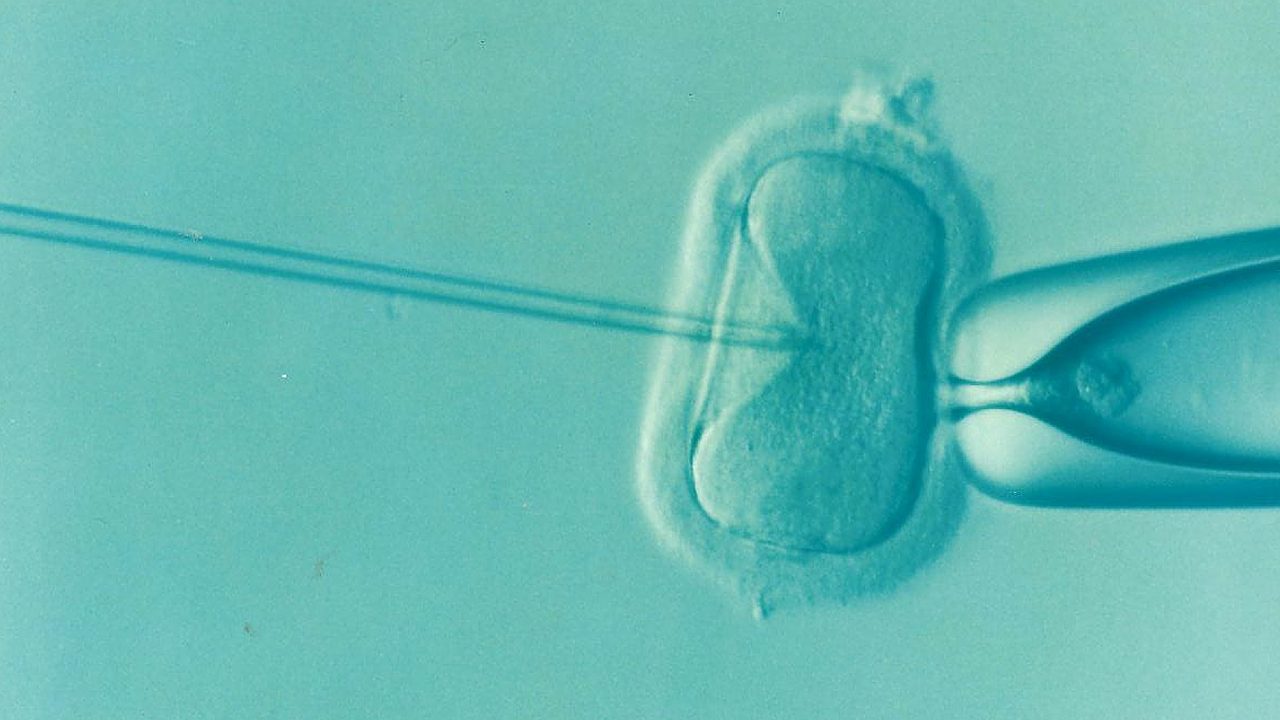Childhood obesity is one of the major concerns of today’s world. It has long term implications in later stages of life, which were never discussed in-depth before.
Seven per cent of the current world population is obese (approximately 250 million people). Obesity has harmful impacts on all body systems, including reproductive functions. The prevalence of obesity in infertile women is high, and it is quite understood that there is a connection between obesity and infertility.
Overweight women have a higher incidence of menstrual dysfunction, anovulation, risk of infertility, miscarriage rates, and pregnancy complications.
Zeynep Özcan Dağ, J Turk Ger Gynecol Assoc. 2015
According to the World Health Organization (WHO), if the body mass index (BMI) of an adult equals to or is greater than 25 kg/m2, it is considered overweight, whereas if the BMI equals to or is greater than 30 kg/m2, it is considered obesity.
Calculate Your BMI
But do you know that childhood obesity also has an impact on many biological factors including fertility during reproductive age?
Possible reasons behind childhood obesity
The increase in childhood obesity is another great concern around the world. Media devices and associated screen time make physical activity a less optimal choice for children and adolescents, which is one of the reasons behind childhood obesity.
Irrespective of parents’ obesity, increased BMI before the age of 5 years is a risk factor for adult obesity, obesity-related presence of two or more diseases or medical conditions in a patient, and metabolic syndrome.
R C Whitaker, Pediatrics. 1998
Childhood obesity is a result of biological, genetic, developmental and environmental factors. Some of which has been reportedly associated with weight gain that can persist later in life are:
- Epigenetics and the gut microbiome role
- Intrauterine and intergenerational effects
- Small for gestational age (SGA) status at birth,
- Formula rather than breastfeeding in infancy, and
- Early introduction of protein in infant’s dietary intake
Female child obesity and it’s impact
Calculate your child’s BMI
Body mass index (BMI) is a formula derived from height and weight in children over 2 years of age. Unlike in adults, Z-scores or percentiles are used to interpret BMI in children and change with the age and sex of the child. BMI Z-score cut off points of >1.0, >2.0, and >3.0 are recommended by the World Health Organization (WHO) to determine at risk of overweight, overweight and obesity, respectively.
As BMI does not directly estimate body fat, it is an exceptional screening process, but should not be done singularly for diagnostic purposes.
Impact on body fat
In girls, higher BMI levels throughout childhood influence larger waist-to-height ratios and higher than anticipated changes in BMI by age 18, with asymmetrical increments in fat mass.
Impact on puberty
Recent studies have shown that puberty starts at younger ages than previously. The heavier the boys and girls were at age seven, the earlier they entered puberty.
A study suggested that prepubertal body composition in girls may not be decisive for the beginning of the pubertal growth spurt but alternatively influences the progression of pubertal maturation. It means that it’ll result in early-maturing of later pubertal stages.
Impact on sexual maturation
It was observed that obese and overweight girls sexual maturation were advanced. Whereas overweight and obese boys sexual maturation was delayed. Early maturing boys were thinner, whereas early-maturing girls were fatter.
Impact on overall health
The rising prevalence of childhood and adolescent obesity is linked with a surge in comorbidities earlier known in the adult population, such as
- Type 2 Diabetes Mellitus,
- Hypertension,
- Non-alcoholic Fatty Liver disease (NAFLD),
- Obstructive Sleep Apnea (OSA), and
- Dyslipidemia.
Impact on fertility later in life
During female’s adolescence and later in life, overweight and obese female teenagers are more likely to have gynecologic and obstetric complications. Consequences of obese and overweight childhood and adolescence include
- Early sexual maturation
- Reproductive dysfunction,
- Alterations in menstruation,
- Dysmenorrhea,
- Risky sexual behaviour,
- Polycystic ovary syndrome,
- Bone density abnormalities,
- Macromastia, and
- An increased risk of breast and endometrial cancer.
Childhood obesity before 12 years of age appears to increase the risk of female infertility in later life.
Ye He, Ph.D., Semina Contribution 2018
In addition, obese adolescents are at greater risk of pregnancy and perinatal complications, like
- Preeclampsia (pregnancy complication characterised by high blood pressure),
- Hypertension during pregnancy and preeclampsia,
- Diabetes during pregnancy,
- Primary cesarean delivery, and
- Induction of labour,
There is more to it, evidence shows that infants born to obese teenagers are also more likely to have complications including
- Preterm or post-term delivery,
- Small-for-gestational-age newborns,
- Macrosomia (a baby who is born much larger than average for their gestational age),
- Meconium aspiration (when a newborn breathes in a mixture of baby’s first stool, or poop and amniotic fluid),
- Respiratory distress, and
- Stillbirth.
Interventions for childhood obesity treatment and prevention
The role of medicines in the treatment of obesity in children and adolescents is limited. Bariatric surgery has gained popularity recently in the management of severe obesity. But it should be considered after proper consultation with your doctor.
In addition to behavioural and dietary suggestions, an increase of healthy food choices by removing unhealthy foods, improving lunch food quality and boosting daily physical activity at schools, are extra measures that are needed.
























